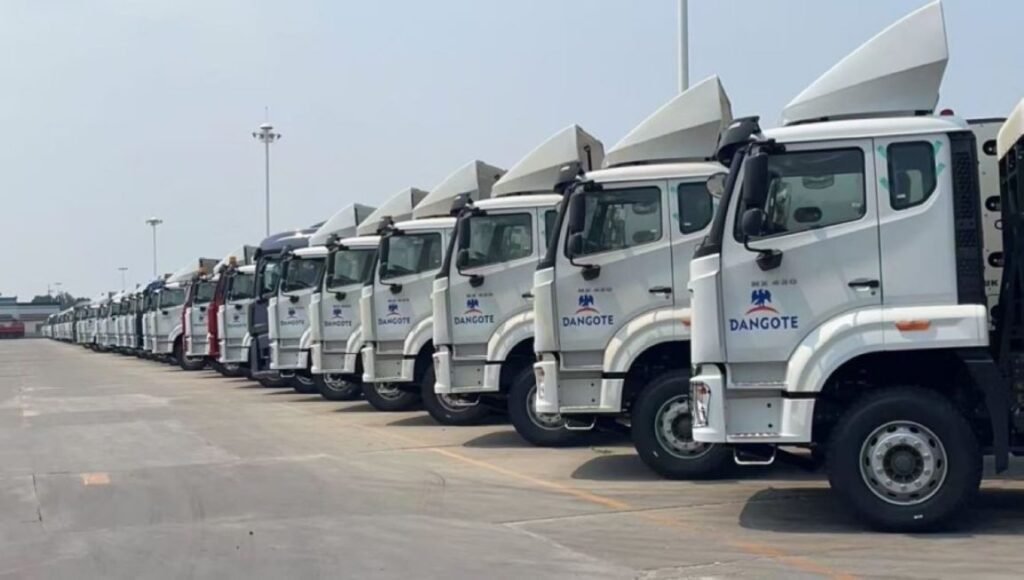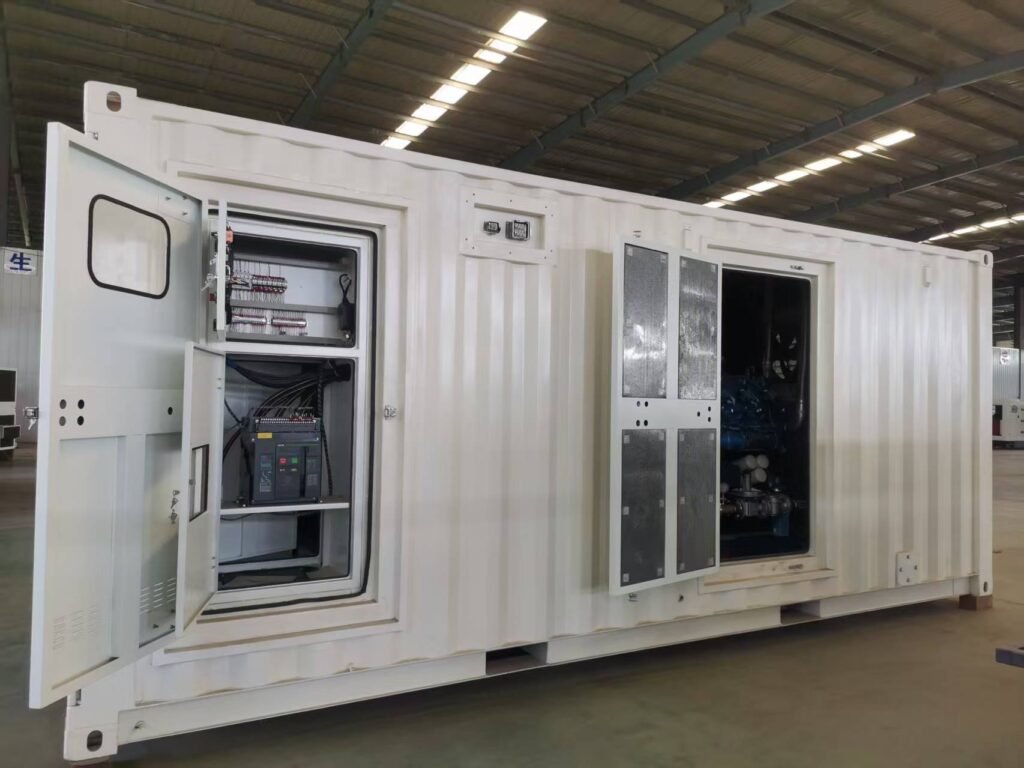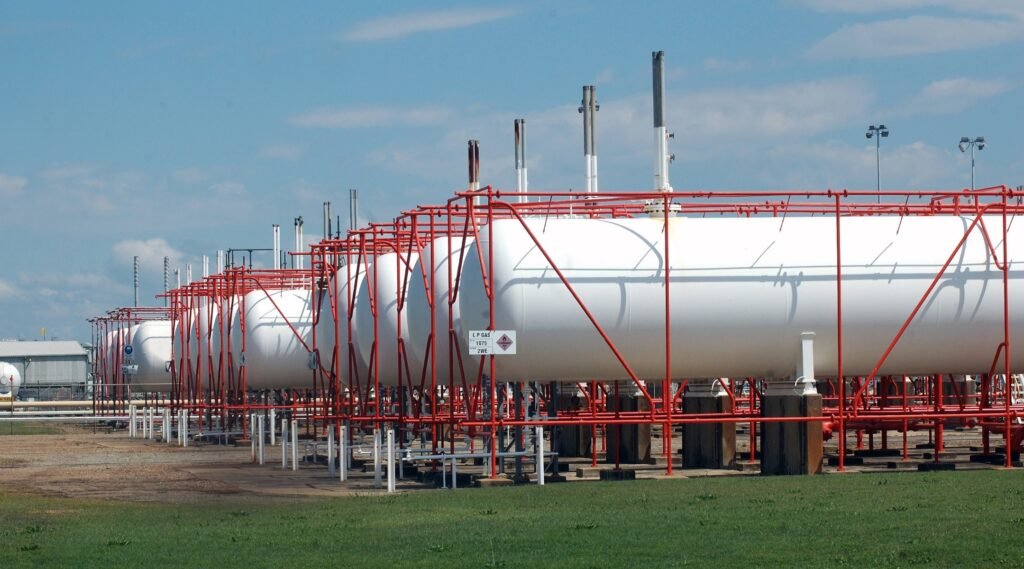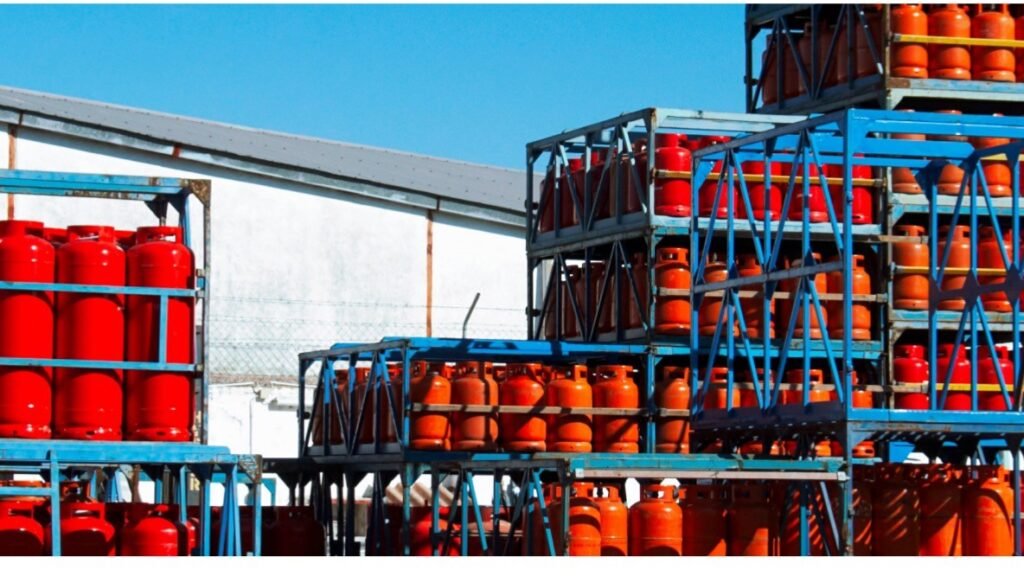Below is a comparison of storage regulations for LP (LPG), CNG, and LNG gas generator solutions, focusing on key aspects such as containment, safety distances, ventilation, and compliance considerations. These regulations are generally informed by international standards (e.g., NFPA, ISO, and local codes like those in Africa), though specific requirements may vary by country. For the purposes of this response, I’ll outline typical regulatory frameworks that Gasavant Africa might reference when advising clients, without reproducing copyrighted text verbatim.
LPG (Liquefied Petroleum Gas) Storage Regulations
- Containment: LPG is stored in pressurized cylinders or tanks designed to withstand moderate pressure (typically 5-20 bar). Tanks must comply with standards like ASME or EN 12542, featuring pressure relief valves and corrosion-resistant materials.
- Safety Distances: Regulations often mandate a minimum separation distance from buildings, ignition sources, and property lines—commonly 3-10 meters, depending on tank size (e.g., NFPA 58). Larger installations may require greater setbacks.
- Ventilation: Since LPG is heavier than air, storage areas must have adequate low-level ventilation to prevent gas accumulation. Enclosed spaces require explosion-proof electrical fittings and gas detection systems.
- Additional Requirements: Tanks must be installed on stable, non-combustible bases (e.g., concrete pads). Regular inspections for leaks and valve integrity are mandatory. Signage indicating “Flammable Gas” and no-smoking zones is required.
- Compliance Example: In many African countries, LPG storage aligns with standards like South Africa’s SANS 10087 or Nigeria’s DPR guidelines, emphasizing small-scale safety for urban use.
Key Consideration: LPG’s compact storage is regulated for simplicity but requires strict adherence to ventilation rules due to its density.
CNG (Compressed Natural Gas) Storage Regulations
- Containment: CNG is stored in high-pressure cylinders (200-248 bar) made of steel or composite materials, certified to standards like ISO 11439 or NGV2. Cylinders must have pressure relief devices and be tested for integrity periodically.
- Safety Distances: CNG storage requires larger separation distances than LPG—often 10-15 meters from buildings or ignition sources—due to the high pressure involved (e.g., NFPA 52). Outdoor storage is preferred to mitigate risks.
- Ventilation: As CNG is lighter than air, natural dispersion reduces some risks, but enclosed areas still need high-level venting and gas detectors. Regulations may prohibit underground storage without specialized systems.
- Additional Requirements: Cylinders must be secured vertically or horizontally to prevent tipping. Piping systems must be leak-tested and fitted with shut-off valves. Operators often need training for handling high-pressure systems.
- Compliance Example: Standards like Kenya’s Energy (Petroleum) Regulations or international codes like ISO 15500 guide CNG storage, focusing on pressure management.
Key Consideration: CNG’s high-pressure storage demands robust containment and larger safety zones, balancing its safety advantage of rapid dispersion.
LNG (Liquefied Natural Gas) Storage Regulations
- Containment: LNG is stored in cryogenic double-walled tanks (insulated to maintain -162°C), adhering to standards like API 620 or EN 1473. Tanks require secondary containment (e.g., bunding) to capture spills, sized at 110% of the tank’s volume.
- Safety Distances: LNG installations require significant setbacks—often 30-100 meters from occupied buildings or ignition sources—due to the potential for vapor cloud formation (e.g., NFPA 59A). Exclusion zones are strictly enforced.
- Ventilation: Storage areas must manage boil-off gas (BOG) with vaporizers or reliquefaction systems. Open-air siting is preferred, and enclosed spaces need advanced gas detection and cryogenic-rated equipment.
- Additional Requirements: Tanks must have thermal insulation and pressure relief systems to handle BOG. Operators require specialized training for cryogenic hazards (e.g., frostbite risks). Emergency response plans, including spill containment and fire suppression, are mandatory.
- Compliance Example: LNG facilities often follow international benchmarks like NFPA 59A or Nigeria’s LNG-specific guidelines, reflecting its use in large-scale operations.
Key Consideration: LNG’s cryogenic nature and high energy density necessitate extensive space and sophisticated safety systems, making regulations more complex.

Technical Requirements for CNG & LPG Storage
Implications for Gasavant Africa Clients
- LPG: Easiest to comply with in space-constrained areas, but ventilation and leak prevention are non-negotiable.
- CNG: Requires more space and investment in high-pressure systems, offset by simpler ventilation needs.
- LNG: Demands significant space and infrastructure, suited for clients with large-scale, long-term power needs and the ability to meet stringent safety protocols.
For tailored advice on navigating these regulations and optimizing your gas generator setup, Gasavant Africa is here to help. Contact us at connect@gasavant-africa.com to ensure your solution meets both operational and regulatory demands efficiently and safely.







